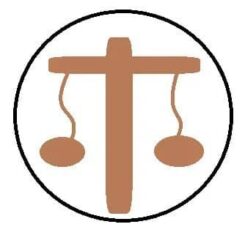UNLAWFUL DAMAGE
This is what is usually referred to as arson, and it is committed in relation to movable or immovable property. According to Section 172(1), causing damage to property the value of which damage does not exceed GHC100 or without a pecuniary value is a misdemeanor. Causing damage to property the value of which damage exceeds GHC100 is a second degree felony.
NB: the law is concerned with the value of the damage and not the value of the property damaged – that is – the amount needed to put the property to its former use, and unless the damage to the property is proved to be irreparable the value of the damage cannot be said to be the value of the property in question. ASANTE v THE REPUBLIC. By Section 172(2), Causing damage to property in a manner which causes or is likely to cause danger to life is a first degree felony.
By sec 173, damage includes any of the following factors:
⦁ damage to the matter of the thing
⦁ interruption in the use of the thing
⦁ interference with the thing by which it becomes permanently or temporarily useless
⦁ interference with the thing by which some expense is necessitated to render the fit for the purpose to which it is used or maintained
For liability to arise, the damage should have been caused unlawfully – that is, without any legal justification.
However, despite the general position of the law on mistake of law, a person who causes damage, believing in good faith that he is entitled so to do, is not liable for punishment. SECTION 174(5). Damage is also unlawful if the person causing it is liable to a civil action or proceeding, or to a fine or other punishment under an enactment,
⦁ in respect of act causing the event
⦁ in respect of the consequences of the act or event
⦁ in which the accused would be liable if he caused the event directly by a personal act
⦁ in which the accused is liable to be restrained by injunction or any other proceeding from doing the act causing the event
By Section 174(3), a joint owner or a trustee of a thing may be liable for damaging the thing. Then also the owner of a thing may be liable for damaging the thing if he damaged the thing with intent to injure, cause harm or to defraud another.
On another score, by Section 175(2), a person who is charged with having attempted to cause damage to an amount, would be not acquitted solely on the ground that what was actually damaged was a lesser amount. The important consideration with respect to the offence of unlawful damage is that the accused should have caused the damage intentionally – thus, unintentional (accidental) or damage caused through negligence will not suffice.
